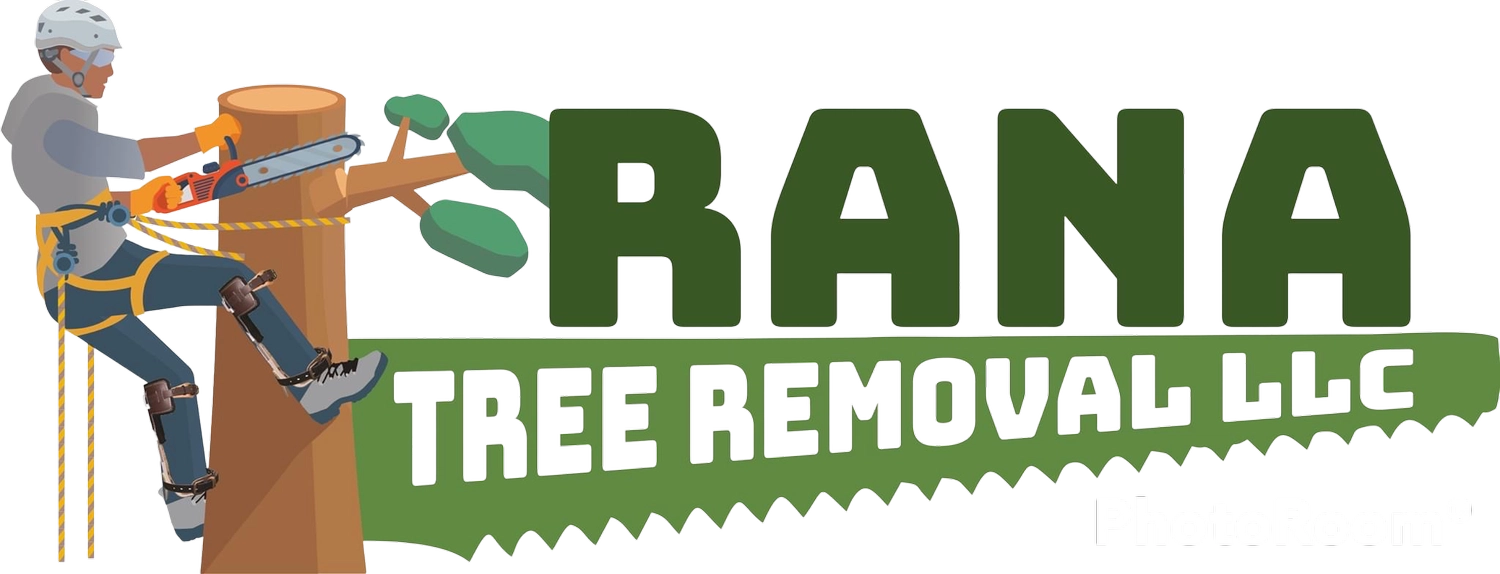How To Choose the Right Hamden Tree Service
Factors such as services and licensing are important to consider when choosing a tree removal company. We go over several key factors below.
Vet the Company's Qualifications
Tree service companies should have insurance policies protecting their customers and workers. Some examples of policies include general liability, workers' compensation, and professional liability insurance. The policies should mention tree work coverage specifically because otherwise, you may be liable for any damage or injuries that occur on your property. There are no mandatory national certifications for tree removal, but companies might have certified arborists on their staff to complete inspections. Having an arborist isn't required but does provide added benefits. Arborists are certified by the International Society of Arboriculture (ISA). They're trained in proper maintenance, care, and preservation techniques to protect tree health.
Get Quotes From Multiple Companies
Homeowners should obtain quotes from several companies to compare things like included services, service fees, and timelines. This helps find the best deal.
Confirm the Company Performs Residential Tree Services
Look for a tree removal company that specializes in residential tree care. These companies are less likely to have locally mandated service restrictions than commercial companies, which are required to follow certain local ordinances.
Request a Tree Risk Assessment
A tree risk assessment (TRA) involves visually inspecting a tree and its branches to determine its likelihood of breaking. This is called tree failure. Evaluating tree failure helps service companies figure out how best to minimize the danger to workers and property. Some companies charge an additional fee for a TRA, while others include them free with services. A certified arborist typically performs these assessments. Speak with your tree services provider and ensure an assessment is completed before work begins.
Ask About Stump Removal
Stump removal involves eliminating stumps from your yard by hand or with special equipment. This is important because stumps left untreated will decompose over time and might attract pests or become diseased. Ask your provider whether stump removal is included with its service. Costs range from $76 to $558, with the typical Hamden homeowner paying approximately $355.
How Much Does It Cost To Remove A Tree?
Tree removal services cost $346-$1,522, with an average cost closer to $710. Multiple factors impact final costs, including tree size and type, tree health, and project size. Emergency services cost more, running at around $1,826. If you remove multiple trees, the company may charge per acre instead of per tree. The price will also increase if your trees have a higher failure risk and need additional safety precautions, labor, or equipment.
Ready to Get a Quote on Your Tree Project?
Please enter a valid 5-digit zip code!
Frequently Asked Questions About Tree Removal in Hamden
What are some common tree issues?
What's the difference between tree trimming and tree pruning?
What are some signs that a tree is dangerous?
Do I need to hire a professional for tree removal?
Is it safe to leave a downed tree on my lawn?
To share feedback or ask a question about this article, send a note to our Reviews Team at reviewsteam@thisoldhousereviews.com.













